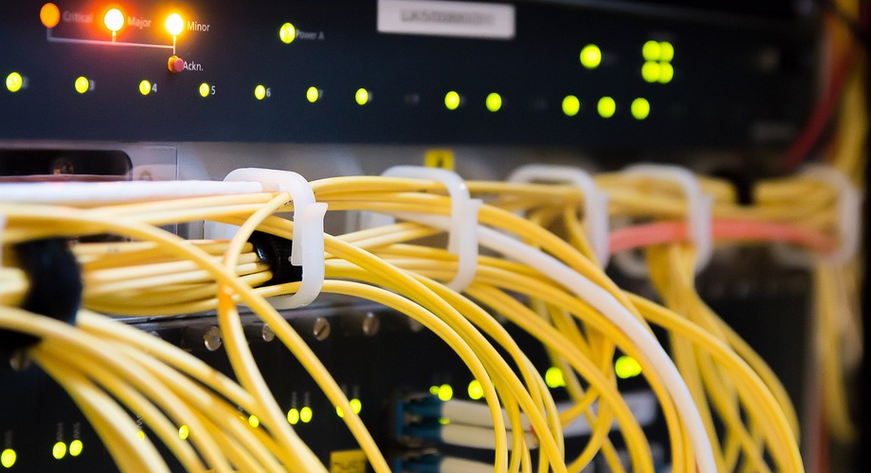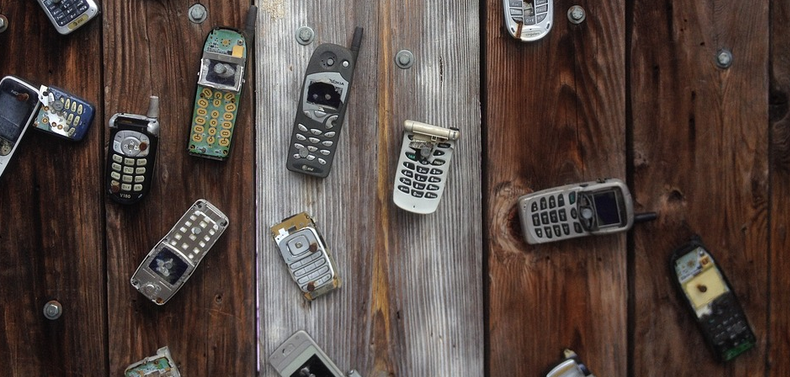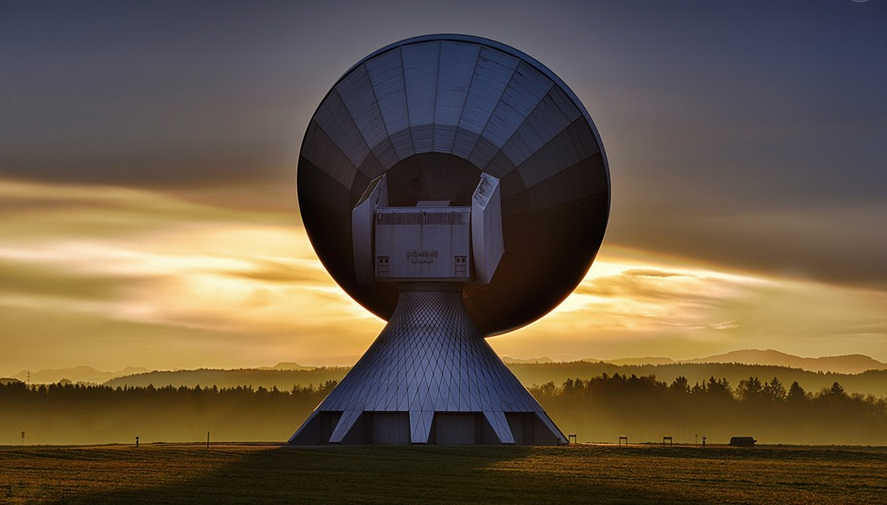What are Transmission Cooler Lines, Anyway?
Let’s be honest, the heart of your LBZ diesel truck is its powerful engine, but it doesn’t always get the recognition it deserves. Underneath that rumbling beast lies a transmission that tirelessly works to get you where you need to go. And just like any hardworking machine, this transmission needs proper care and maintenance, especially when dealing with extreme heat.
Transmission cooler lines play a pivotal role in keeping your LBZ’s trusty transmission operating at peak performance. These lines act as conduits for the transmission fluid, channeling it through a dedicated system that helps manage its temperature. Essentially, they’re like an under-the-hood highway system for your transmission and make sure your engine and transmission stay cool.
Why Are Transmission Cooler Lines So Important?
Your LBZ’s transmission needs to be kept at a perfect temperature range, typically between 160°F to 180°F. Too hot, and the transmission will struggle; too cold, and it can lead to issues like slippage or even complete failure. But how do you maintain this balanced environment? You guessed it: by carefully managing your transmission fluid’s flow with those vital cooler lines.
Here’s a closer look at why these lines are so crucial:
- Preventing Overheating: Transmission cooler lines help dissipate the excess heat generated by the transmission, preventing it from overheating and damaging its internal components.
- Maintaining Cool Operating Temperatures: These lines ensure that the transmission fluid stays within a safe operating range, leading to smoother shifts and reduced wear on gears.
- Reducing Friction: The cooler lines help reduce friction between moving parts in the transmission, which is crucial for maintaining smooth shifting. This helps your truck feel more responsive and less sluggish when you’re driving.
- Protection from Corrosion: The cooler lines help protect the transmission fluid from corrosion, resulting in longer lifespan of the transmission.
Identifying Potential Problems with Transmission Cooler Lines
While these lines are designed to be tough and durable, they can still experience wear and tear over time. Here are a few telltale signs that you might need to take a closer look at your cooler lines:
- Leaks: If you notice a leak in the transmission cooler lines, it’s crucial to address it promptly to prevent further damage and fluid loss.
- Blockage or Clogs: Over time, debris like dirt, metal shavings, or even tiny pieces of rubber can easily clog your cooler line. This can significantly hinder the flow of transmission fluid, leading to higher temperatures and potential transmission issues.
- Soldering/Cracking: Pay attention to the soldering points and any cracked components in your cooler lines. These signs indicate that external pressure or internal wear might be affecting their functionality.
- Fluid Loss: If you notice a sudden drop in fluid levels, something may be amiss with your transmission cooler lines. This can be indicative of leaks or blockages.
Signs You May Need to Replace Your Cooler Lines
Here’s when it’s time to seriously consider replacing those crucial cooler lines:
- Regular Maintenance: Remember, routine maintenance is key. If you haven’t replaced your transmission cooler lines in the past few years or mileage, you might need them replaced even if you haven’t experienced any major problems.
- Significant Wear and Tear: If your cooler lines show signs of severe wear and tear, such as cracks, tears, or corrosion, replacement is a must.
- Transmission Malfunctions: If your transmission starts suffering from slippage, rough shifting, or even complete failure, it’s likely a sign that something more serious is going on with the cooler lines. This warrants immediate attention and replacement.
Repairing Transmission Cooler Lines
Repairing your transmission cooler lines requires some technical expertise. You might need to consult with an experienced mechanic or a specialist who can accurately assess your specific situation and recommend the best course of action.
There are two main ways to approach this:
- Welding Repair: If a small tear or crack is detected, welding repair can often fix the problem. However, it’s important to choose a qualified mechanic with experience in transmission repairs.
- Replacement: For more significant damage like corrosion or extensive wear and tear, replacing the entire line might be necessary
Conclusion
Maintaining your LBZ’s transmission cooler lines is crucial for keeping this powerful truck running smoothly. Regular maintenance, prompt repair of any issues, and careful consideration of replacement when needed ensures you keep enjoying long-lasting performance from your trusted engine.



